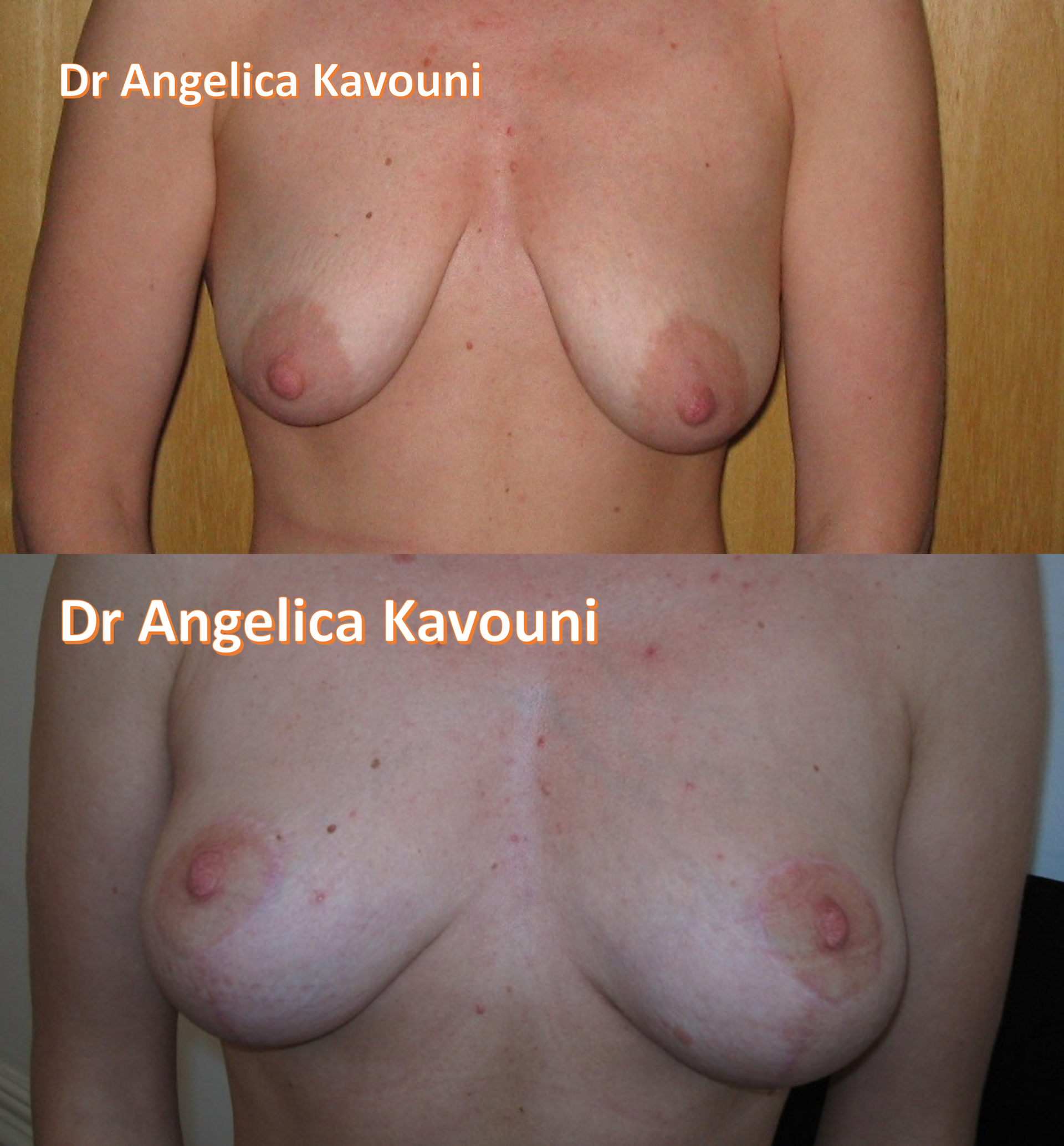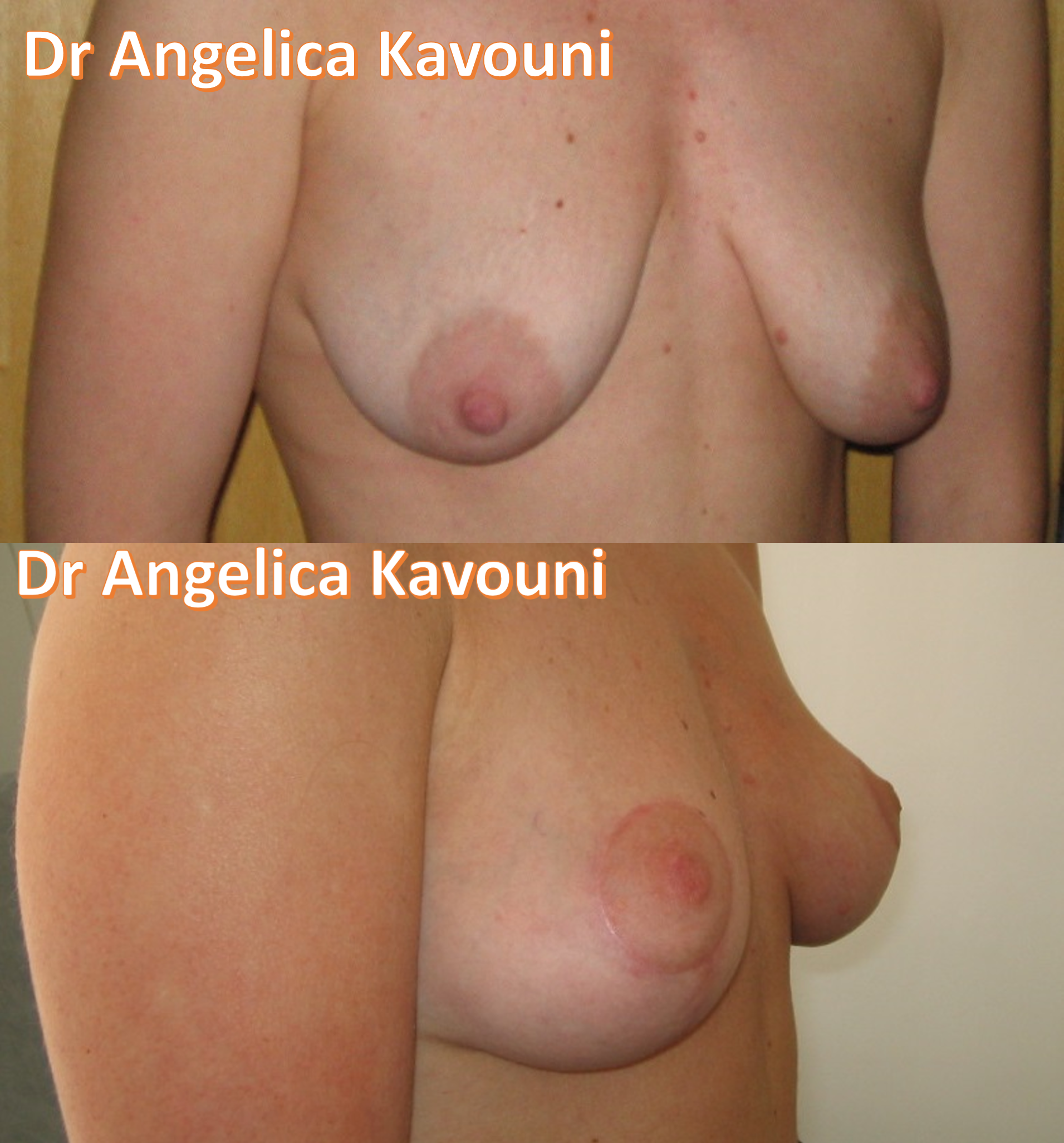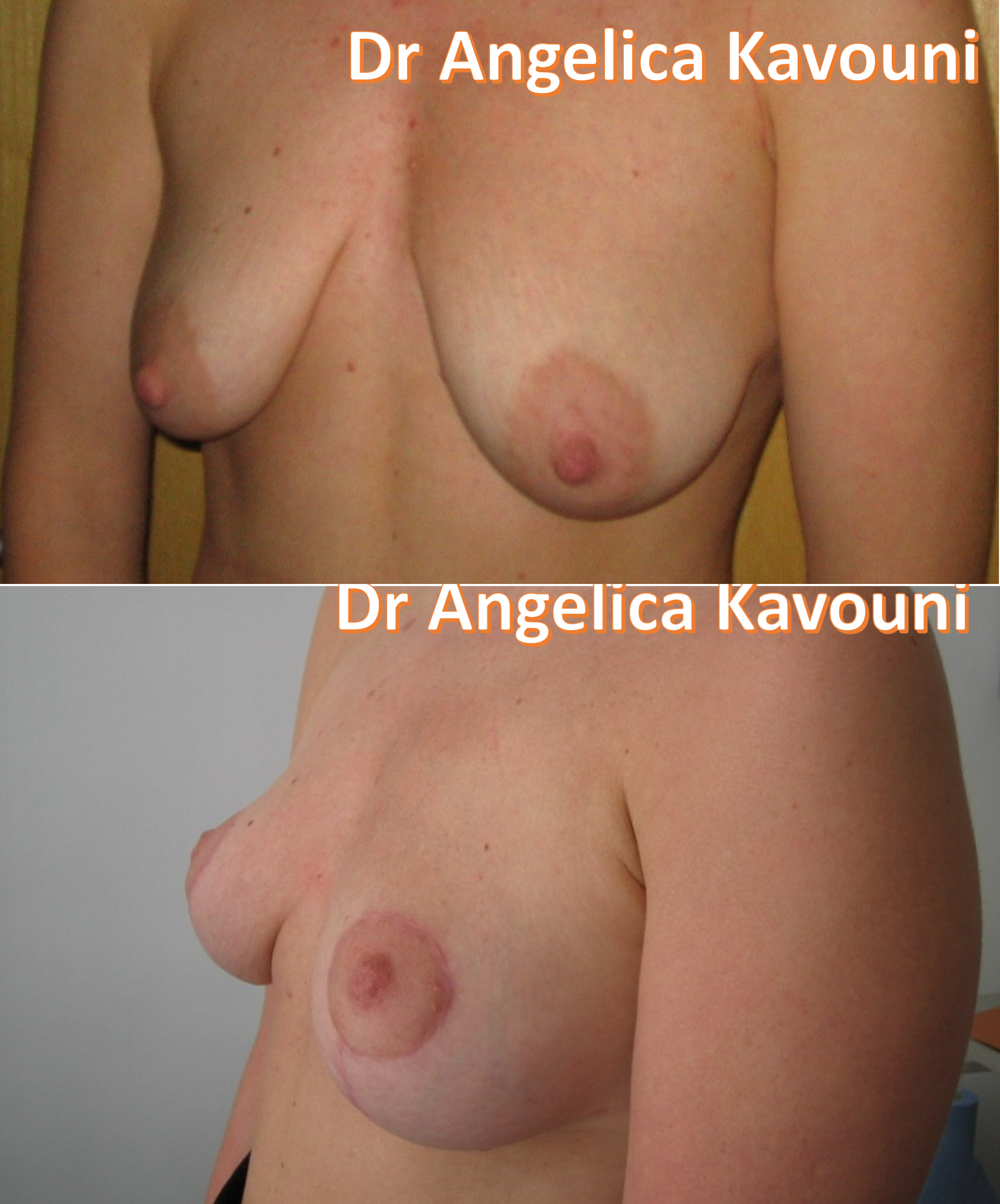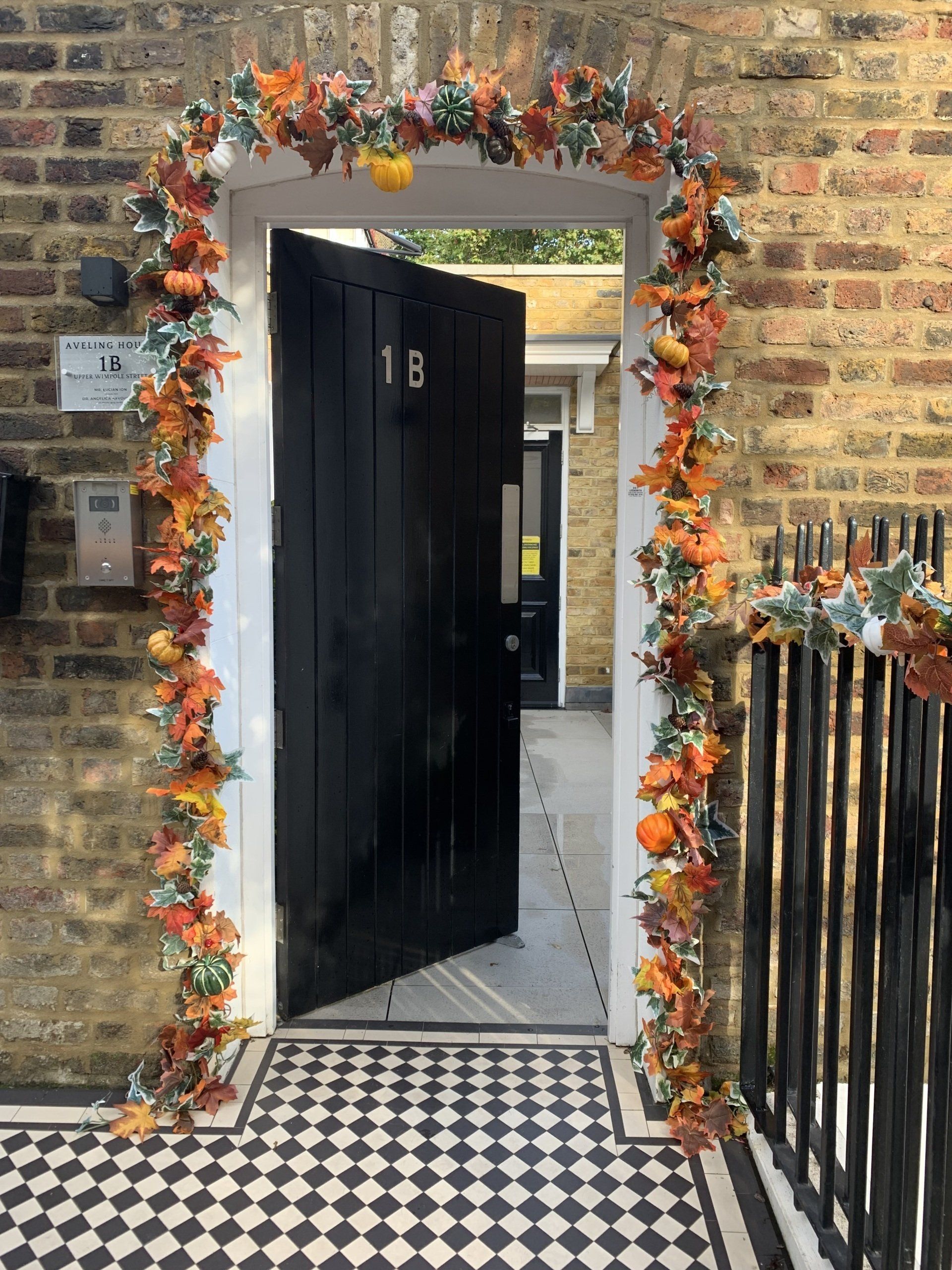Breast Lift Surgery

Slide title
Write your caption hereButton
Slide title
Write your caption hereButton
Slide title
Write your caption hereButton

Slide title
Write your caption hereButton
Slide title
Write your caption hereButton
Slide title
Write your caption hereButton
Introduction
Breast uplift or mastopexy aims at raising and reshaping breasts so that a youthful appearance of the breasts is restored. The reshaped breasts are firmer and maintain their size. The breast uplift operation reduces the amount of skin, lifts the nipple and then redrapes the skin so that it gives the breast a better shape. It can be combined with a breast reduction or breast augmentation if a change in breast volume is desirable.
Who needs a breast uplift?
This operation lifts up breasts that have sagged, without making them bigger or smaller, to give a more youthful shape. Mastopexy is also used to improve breasts that have an unusual shape, such as those where the crease is high so that the nipple and areola descend over it and point downwards.
By lifting the nipples to a better position and changing the position of the crease underneath, a mastopexy can produce a more normal appearance. The most common reason for performing a breast uplift or mastopexy is post pregnancy or for women who have lost weight leaving their breasts droopy with the nipples lying lower than the breast crease when standing.
If the nipple is above the crease, then breast augmentation is a better choice of operation. If the breasts are droopy because they are very bulky, then a breast reduction should be performed.
Breast uplift combined with breast reduction combines the skin tightening and nipple raising operation with removal of breast tissue. If, on the other hand, the breasts are going to be too small even when raised to a better position then mastopexy can be combined with augmentation.
If further pregnancies are planned it is better to postpone the mastopexy because the breasts will stretch and sag again.
How?
Before the breast uplift operation the new nipple site is marked with the patient standing. Under general anaesthetic, an incision is made around the edge of the areola (the dark skin around the nipple) and skin on the lower part of the breast is removed without removing any breast tissue.
The nipple is lifted to its new position, often a few inches higher and the skin is brought together underneath. There are several techniques breast uplift available, depending on Ms Kavouni's preference and the particular patient. Usually the breast uplift incision lies around the areola with a vertical line down to meet an incision in the breast crease which may be variable in length.
Most breasts are slightly unequal in size before surgery so it is often not possible to make both breasts identical in shape and size with a breast uplift. Drains are usually left inside the wound to drain away any excess blood, the dressings are applied and the uplifted breasts are strapped.
Aftercare
After 24 - 48 hrs the drains, dressings and the strapping may be removed. The stay in hospital is one night and sutures are removed 7 to 10 days later. Most patients undergoing a breast uplift experience moderate discomfort but significant pain is unusual. Bruising, swelling, numbness and random shooting pains may be present for a few weeks postoperatively.
A supporting sports bra and lots of moisturising help. Normal light activities can be resumed in two weeks post breast uplift but anything strenuous should be postponed for four weeks. The settling down process is a long one and may take several months. The breast uplift scars are not "mature" for at least one year after surgery but are hidden by your bra or bathing suite.
A breast lift unfortunately does not last forever. Gravity, ageing and weight fluctuations will affect the breast shape again. A good supporting bra worn routinely, particularly during pregnancy, is the best prevention.
It is important to discuss these points, as well as the various types of breast reduction with Angelica at the initial consultation. She will answer all your questions in detail so that you can decide whether you want to go ahead with breast uplift surgery.
The Risks
You need to inform Ms Kavouni of any medical conditions that might affect the breast uplift surgery such as high blood pressure, clotting problems or any medication, especially aspirin. Smoking in particular may cause problems with skin healing so it is imperative to stop smoking at least two weeks before and after breast uplift surgery.
Mastopexy (breast uplift surgery) is a safe procedure but as with any surgery it is subject to complications. Most are uncommon and usually occur in the early postoperative period. Bleeding and infection are rare. Poor scars, itchy, raised, red and uncomfortable may need steroid injections or revision. Sensation to either of the nipples may be lost or reduced.
Often it is not possible to produce perfectly symmetrical breasts, particularly if they were asymmetrical before breast uplift surgery. Breast feeding is not significantly impaired. Finally blood supply to the nipple can be affected by surgery. This is more likely to happen in heavy smokers, obese patients or if postoperative swelling is excessive.
Contact Us
We will get back to you as soon as possible.
Please try again later.
Aveling House1B Upper Wimpole Street
LondonW1G 6AB(Entrance in Weymouth Street)
Call: 020 7486 9040
Call Us
London
Content
APS Ltd Registered address: 52 High Street, Pinner
Middlesex HA5 5PW

